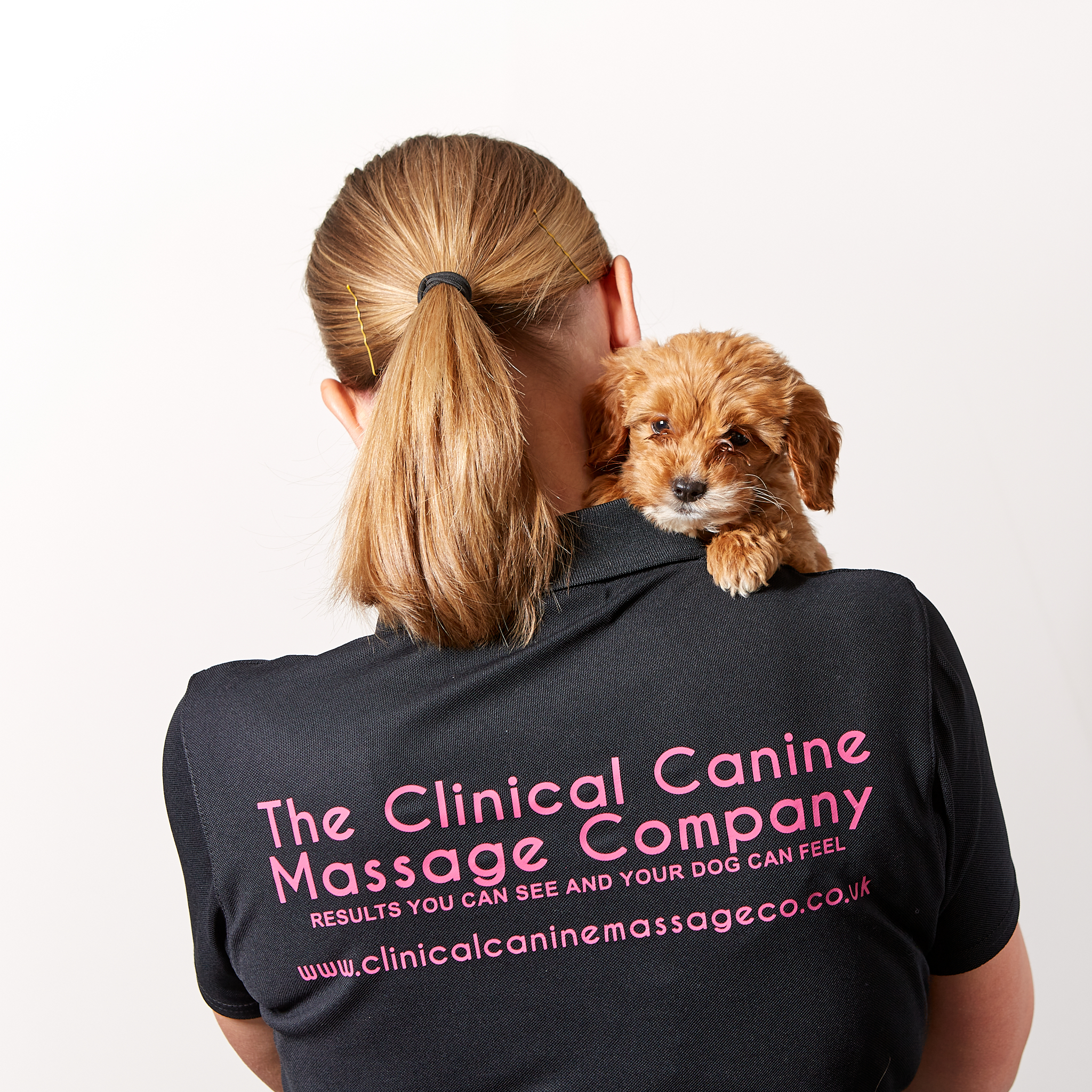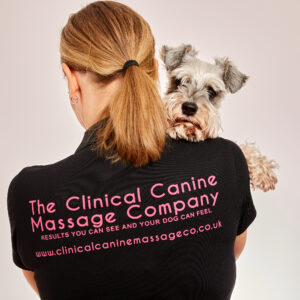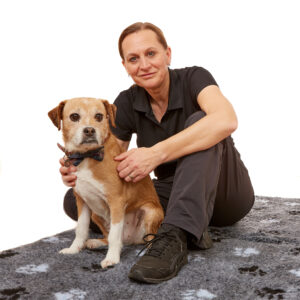If you’re thinking about getting a dog or you are already the proud owner of a furry four-legged friend, you may be forgiven for thinking that laying tiled, laminate, or wooden flooring is the best way to keep your home clean and tidy. Let’s face it, we don’t want our pooches traipsing a whole lot of mud into the house and walking it into the beige carpets now do we? But have you ever considered the harm that these hard slippery surfaces might be doing to your dog’s musculoskeletal health?
There are so many things to think about if you’re considering buying a dog. For example, what kind of food should you feed them? How long should you walk them? Which is the best harness or lead to use or which training method should you adopt? Ensuring that you have pooch friendly flooring fitted at home is probably not the first thing on your mind when choosing your new dog, but here’s why it should be.
Dogs are digitigrade animals which means that they literally walk on their toes. Digitigrade animals have longer tarsal and carpal bones (these are the long bones which you find in the back of your hand and on the top of your feet). Their ankle bone, which is called the hock, is set higher than ours. This conformation gives them extra leverage when propelling themselves forward, which makes them faster. Because digitigrades walk on their toes, they have less surface area touching the floor, which makes them lighter and quieter on their feet; very handy when you’re creeping up on your prey. Humans are plantigrade animals which means that we walk on the soles of our feet. We have more surface area touching the ground, making it easier for us to grip, which gives us a more stable stance. Because dogs feet have less surface area touching the floor, it makes them less stable, although having four legs helps to offset the deficit. You may have also noticed that dogs aren’t too good at climbing, although I’m sure there are always exceptions to the rule!
Your dog’s claws also play an important part when it comes to walking and running. They provide them with extra grip, a bit like the spikes you might find on the bottom of your golf shoes, or the studs on the bottom of your football boots. However, if you’ve ever tried walking on a shiny hard surface with your football boots on, you’ll know how hazardous it can be! So, it’s little wonder that our dogs find navigating slippery flooring somewhat tricky.
While we’re on the subject of claws, let’s talk about dew claws. There is a widely accepted belief that these serve no purpose other than to cause inconvenience and injury to dogs. This is not the case! Dew claws, especially the front ones, (not all dogs have dew claws on their hind legs), help to stabilise the carpal joint when the dog is running and are used to provide extra grip on the ground when turning at speed, so unless there is a legitimate medical reason, dew claws shouldn’t be removed.
Did you know that a dog’s front paws are slightly larger than their back paws? Go and check your pooch if you don’t believe me. There are a couple of theories as to why this is the case. One theory is that they need a larger surface area at the front to be able to support the additional weight of their head and shoulders. Another theory is that they use the front paws to burrow in the ground so that they can catch burrowing prey such as rabbits.
So now that we know a little bit more about the anatomy of our dog’s paws, we can understand why walking on hard, slippery surfaces is so difficult for them. Watching a dog static running on a slippery surface like Scooby Doo might appear at first to be comical, but if you knew what damage could be done to your beloved pet, you won’t be laughing long. Dogs simply can’t get a grip on hard slippery flooring and falling on slippery surfaces can cause back injuries, cruciate ligament injuries, sprains, and strains as well as aggravating orthopaedic issues such as arthritis and hip and elbow dysplasia all of which cause pain and misery to your dog and pain and misery to your bank balance. Some dogs can also develop a phobia of walking on hard slippery surfaces because they associate it with hurting themselves. Once bitten, twice shy as the phrase goes!
If you already have laminate, wooden, or tiled flooring in your home, there are a lot of options which can transform your home from a canine health and safety nightmare into a safe haven. Runners or rugs can be put down in the areas where your dog walks, and they can be a stylish addition to your home décor. Please remember to ensure that they have non-slip backing, otherwise your pooch will continue to slip and slide. There are even options to purchase machine washable rugs and runners. If you do decide to put runners down, don’t forget to pay attention to areas like the bottom of the stairs where a lot of houses change from carpet to laminate flooring. This area is particularly hazardous, as most dogs run down the stairs at a rate of knots before making a sharp turn to the left or the right. A good canine massage therapist can often tell which side your dog’s turn at the bottom of the stairs if you go from carpet to laminate flooring in your home.
You may also consider replacing your floors with special textured flooring, specially designed with your pooches safety in mind. This type of flooring is often found in veterinary surgeries. You can even purchase dog socks which have non-slip grips on the bottom to stop them from slipping but be mindful that many dogs don’t like having their paws covered. Dogs also have sweat glands on their paw pads which help them to keep cool, so covering them up may interfere with this process.
Other things you should consider is keeping your dog’s claws trimmed to a suitable length. Always get a professional to do this unless you know exactly what you are doing. You also need to ensure that the fur between their paws is kept trimmed, so that it doesn’t cover their paw pad, as they will have even less grip.
I cannot emphasise enough how important it is to consider what flooring you have in your home if you have a dog. Hard slippery surfaces are not a ‘potential’ hazard for your four-legged friends, they are an ‘absolute’ hazard. Keep your dog healthy and safe in the home and I mean no offence when I say this…. But get a grip!




